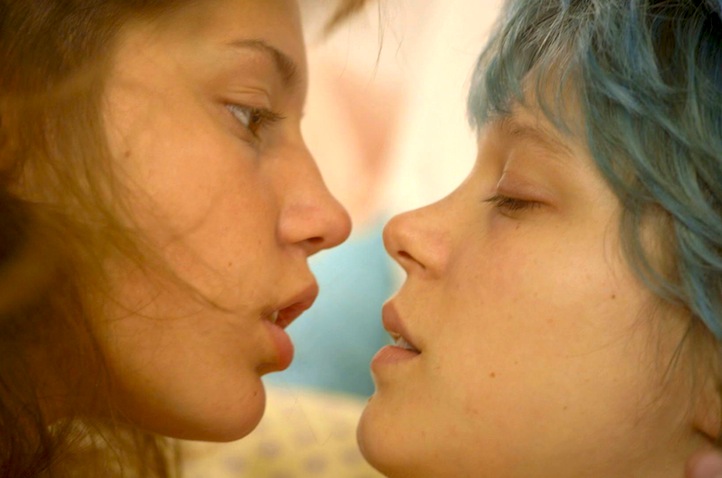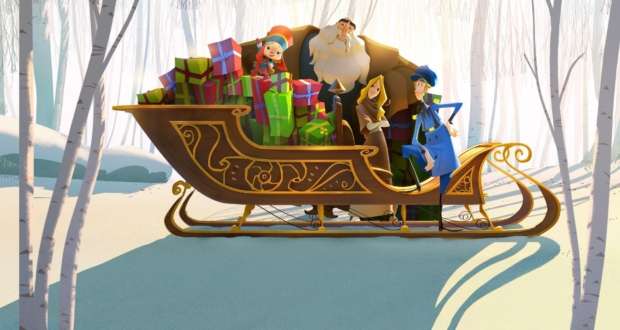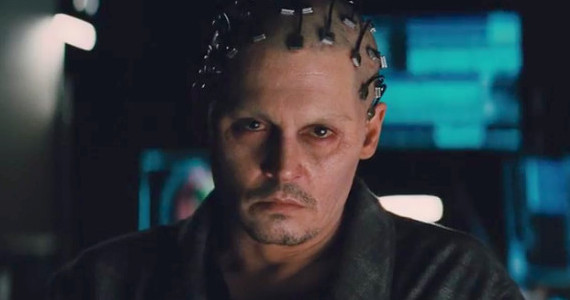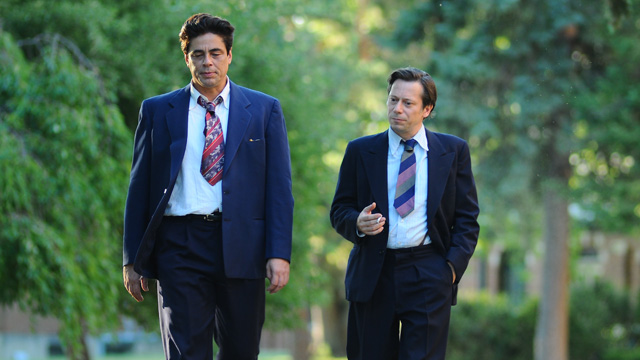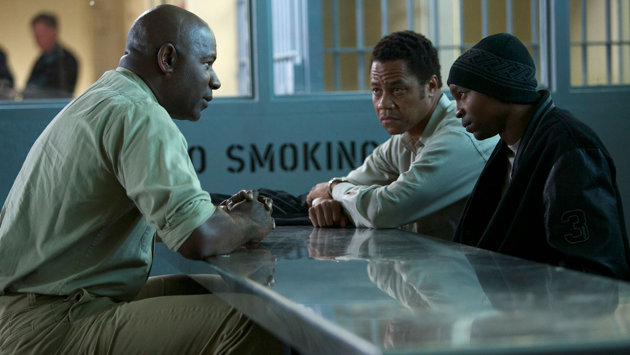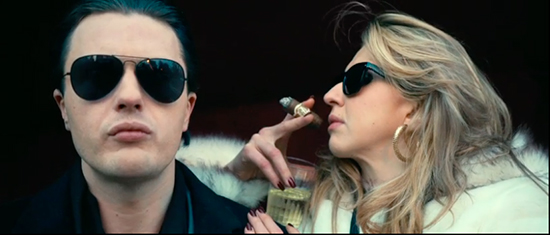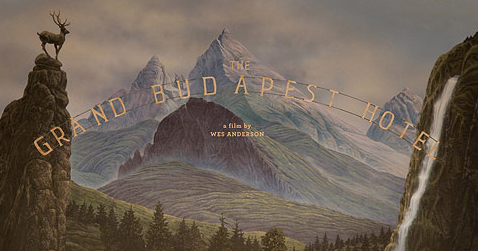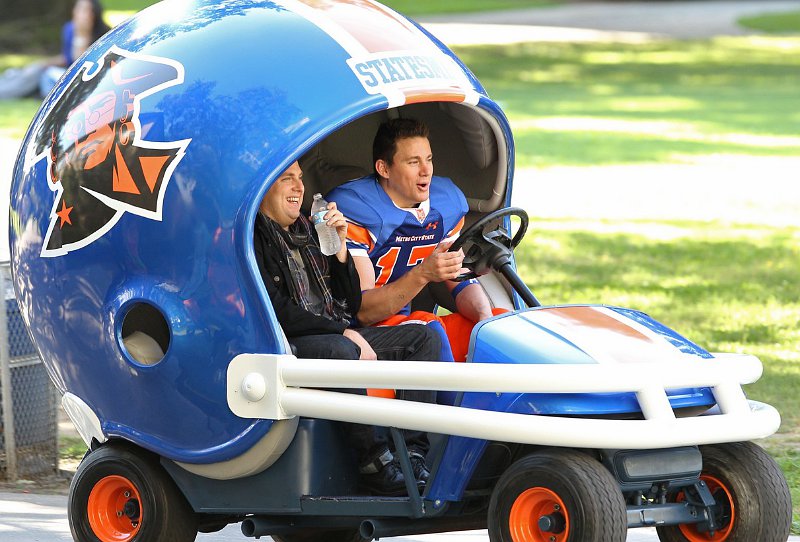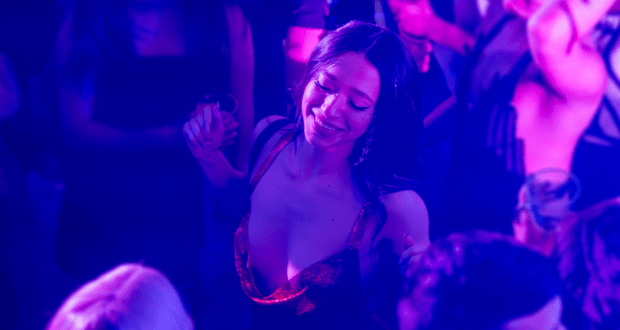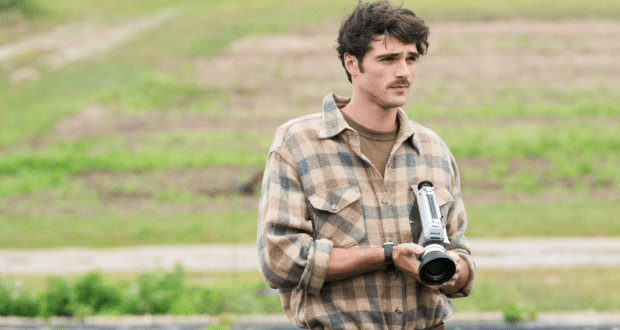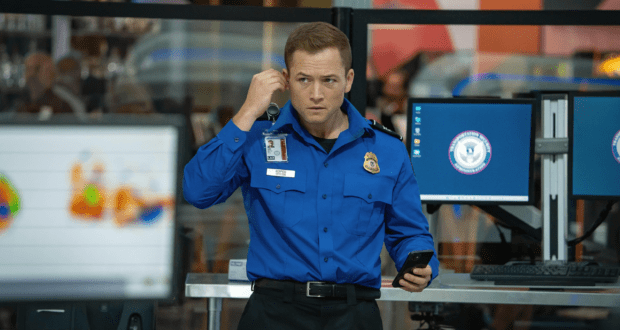[springboard type=”video” id=”823807″ player=”tmbg001″ width=”599″ height=”336″ ]
The sensation of the Cannes Film Festival and the most controversial film of the year, Blue is the Warmest Color made cinema history as the first film ever awarded the Palme d’Or to both its director and its actresses. In a star-making role, Adèle Exarchopoulos is Adèle, a passionate young woman who has a yearning she doesn’t quite understand until a chance encounter with the blue-haired Emma ignites a flame and brings her to life. Léa Seydoux (Midnight in Paris) gives a fearless performance as Emma, the older woman who excites Adèle’s desire and becomes the love of her life. Abdellatif Kechiche’s (The Secret of the Grain) intimate epic of tenderness and passion charts their relationship over the course of several years, from the ecstasy of a first kiss to the agony of heartbreak. Pulsing with gestures, embraces, furtive exchanges, and arias of joy and devastation, Blue is the Warmest Color is a profoundly moving hymn to both love and life.
Adele Exarchopolous – a name that sounds hard to remember, but will soon be too hard to forget. As one of the stars of the Cannes 2013 Palme d’Or winner Blue is the Warmest Color; she stole the show proving herself as one of the best young actresses around. She was completely enchanting and oozed a natural and undeniable talent as Adele, a confused teenager who is consumed by a deep yearning for something more fulfilling in life. Not only did Abdellatif Kechiche win the award for his mesmerizing masterpiece, but it was the first film in which the lead actresses won the gong; both Exarchopolous and co-star Lea Seydoux for their performances. They were brilliant – their characters so convincing and captivating, presenting a thin line between reality and movie.
You may have heard some refer to Blue is the Warmest Color as ‘that lesbian French film,’ which in essence is pretty accurate, on the surface. But the film is about so much more; deep in its emotions and themes of confusion, change, acceptance, desire, loss, and the search for fulfilment, Blue is the Warmest Color is a tender exploration of love – the good, the bad, and the ugly.
It opens in a French high school during a literature class – mirroring bad memories of chain-reading book passages out loud around the room. The first section of the film follows Adele through the whirlwind of emotions and experiences of mid-teens; having a boyfriend, the familiar naïve chats with her friends about the mechanics of boys’ minds and other parts, unsatisfying heterosexual sex, clouded thoughts, and the angst that accompanies falling for someone else. Everything changes the day she see the stranger with the blue hair, who progresses to be her lover and love Emma.
Kechiche pays great attention to detail with his sometimes incredibly close and tactile filming; it seems he uses all his senses when looking into his camera. His lens follows Adele’s ample cupids-bow lips around like a magnetic force, and they are a damn good set of lips, which when mute say so much, symbolizing lust, love, passion, anxiety, and confusion all rolled into one. He often films close up on people’s faces, but this in no way feels invasive, more inviting us into the thoughts of these characters. A more subtle detail sees Kechiche weave in the color blue intermittently throughout the film, always drawing us back to Emma. She is always on Adele’s mind, the main focus of all her emotions. Adele has a permanent perplexed look on her face, a looming weight of love and fear on her mind – you can’t help but feel sympathy towards her throughout.
Ok, it would be wrong to discuss the film without touching on those scenes…yep, those girl-on-girl sex scenes that left the packed out cinema in complete silence and awe. They are graphic, really graphic, like borderline porn, but tastefully shot and full of convincing passion and a strong lust that fast develops into love. Eye opening and intriguing for straight girls, exciting and fascinating for straight guys. The multiple scenes throughout the film are without a doubt some of the most convincing sex scenes I have ever seen…there was no holding back. (Photos not included in review!)
Blue is the Warmest Color is three hours long, with subtitles, but in no way do you feel the length. It is so charmingly shot, the story is so tenderly told, and the acting is so powerful that it completely reels you in, losing concept of time. It teaches you to be weary of investing so much into one person when you’re young to lose sight of other things in life that make you happy and could fulfill you further. But this is hard to see when you’re wrapped up in love. I recommend it to anyone who has been in love, who yearns to be in love, those who are or have been so completely confused about what they want. This film will be up there with the classics in years to come.
I give Blue is the Warmest Color 8.5/10
